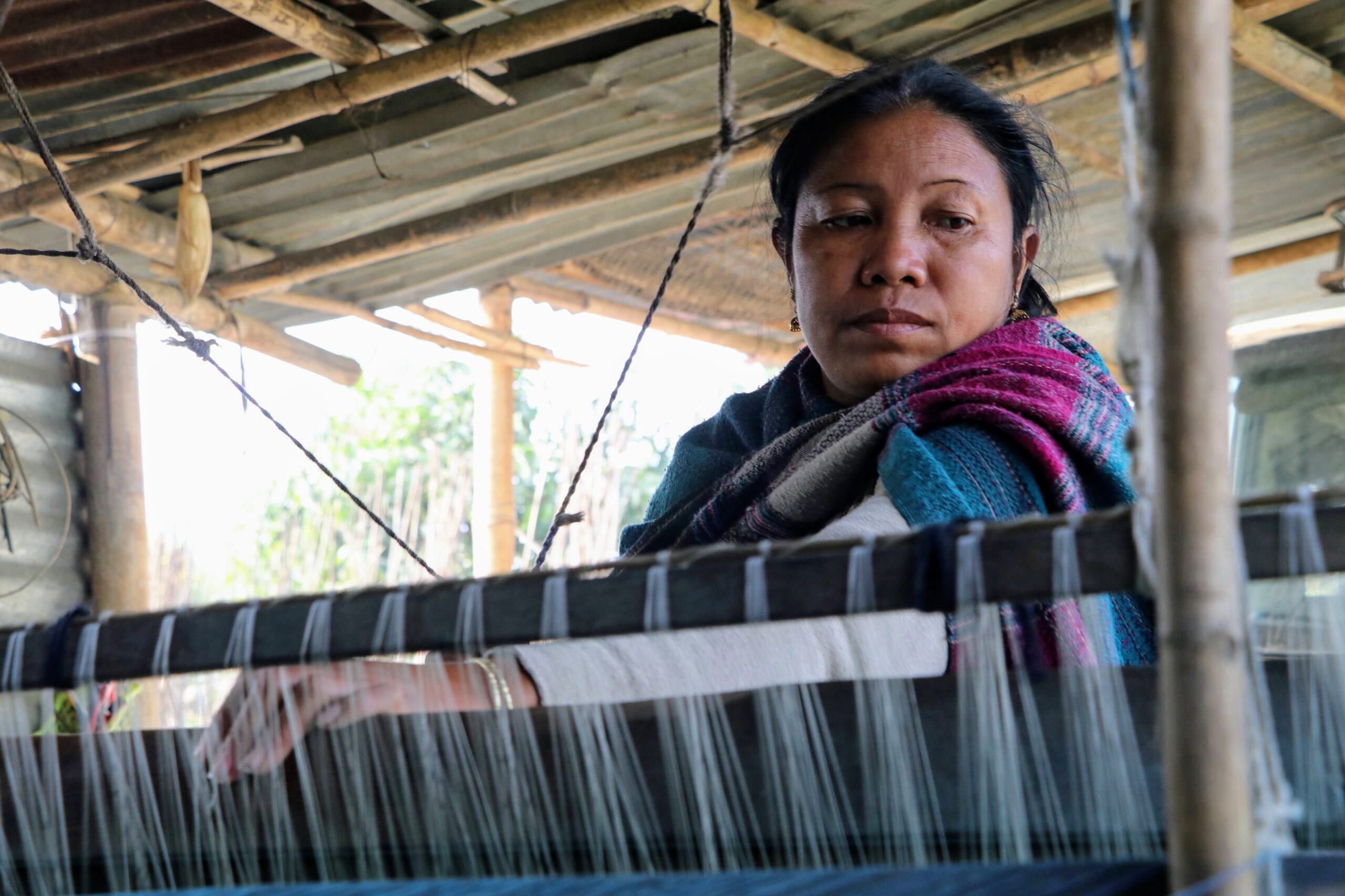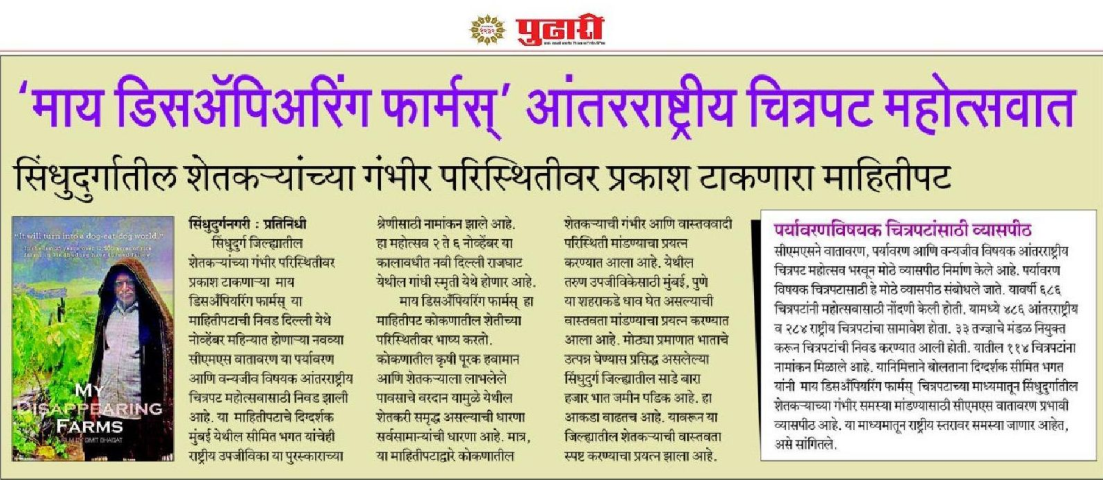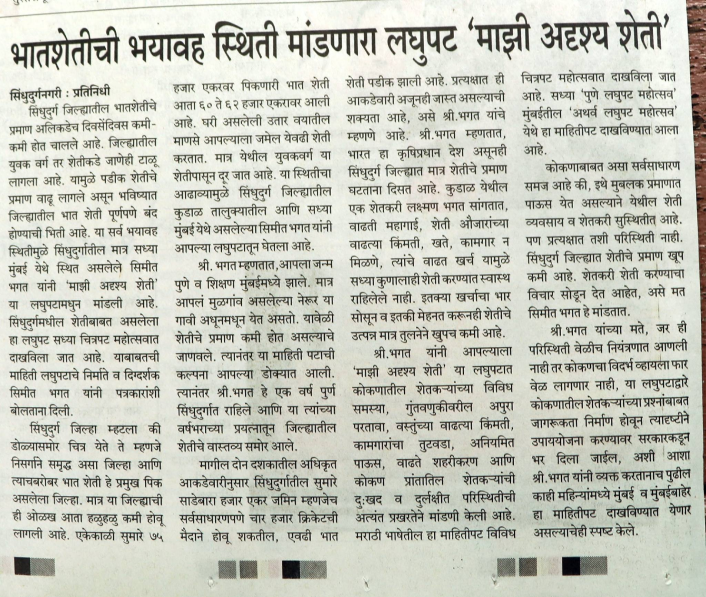A few years ago, on a completely random rainy afternoon, I opened a dusty old travel magazine hidden somewhere in my closet. As I leisurely turned its pages, a sudden feeling of astonishment passed over me. I was looking at a picture of a man with a weathered face sitting under a tree, surrounded by children. His expression was full of stories, and even though I didn’t know him, the image spoke to me about storytelling through photography.
At that point, everything came together for me. I understood what a picture is really capable of. I recognised how it can bridge distances and evoke emotions in ways that are not possible with words. It was the first time I experienced the power of images.
That experience taught me that powerful storytelling through photography doesn’t happen by chance. It starts with intention and thoughtful planning. If you’re planning your next shoot, here are some tips you may find useful:
1. Plan Your Story Before You Shoot
Every great story begins with a vision. Photography is no different. Before you even pick up your camera, you need to decide what story you want to tell. What do you want the viewer to feel? What message do you want to send?
Planning isn’t just about choosing a subject—it’s about understanding it. It’s about digging deeper, doing the research, and uncovering the layers that most people miss. I’ve learned that when I take the time to understand the context—whether it’s the culture behind a community event or the history of a location—moments captured are far more meaningful.
Take Aarey Milk Colony, for example. The shoot was full of surprises. But it taught me one of the most important lessons: preparation is everything. Nestled near Sanjay Gandhi National Park, the location was breathtaking. But the rain? That was a whole different story. The light kept shifting, the water dripped onto our lenses. Just when we thought we had the perfect shot, the weather had its own plans. Despite the chaos, there was something magical about it. Nature always gets the final say.
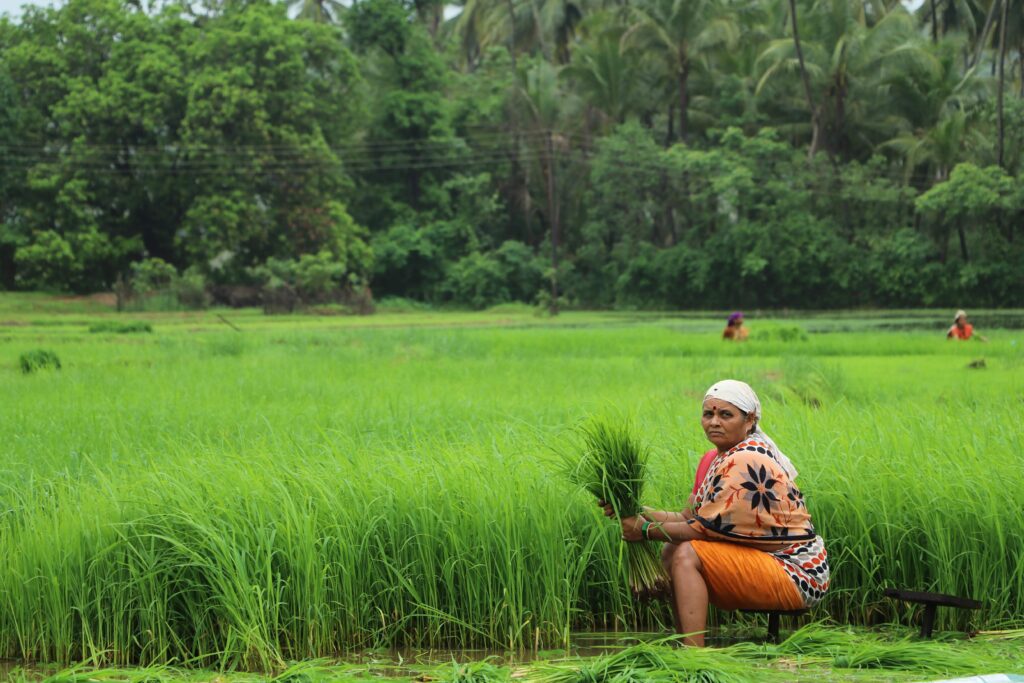
2. Decide Between Single Images or Series
Some stories unfold in a single frame. Others need an entire series to reveal their depth.
A photograph can speak volumes—think of Steve McCurry’s Afghan Girl, or Arshad Khan, the tea seller from Pakistan, captured by Jiah Ali. One shot, one moment, and you’ve captured the world. But sometimes, a series is required to fully explore a story, layer by layer, photo by photo.
When I choose to build a series, I start with the sequence. The first photo has to hook the viewer. It needs to make them wonder, What happens next? And the last one should do the opposite—it needs to make them feel, I’m a part of this. To leave something behind.
I think back to the day I photographed fishermen at sunset. The light was golden, stretching across the water, and their silhouettes were perfect against the sea. The light kept shifting, the world kept moving, and I was chasing that elusive moment—the perfect shot. Ankle-deep in wet sand, I finally captured it. It’s a reminder that beauty is fleeting, but when you catch it, even for just a second, it’s worth everything.
The most powerful stories are those that make us pause. That make us feel the fleeting moments we otherwise miss. Carefully determining whether to take single shots or create a series has always been crucial to telling my story effectively.

3. Focus on Emotion
Humans are deeply emotional beings. The substance of an image will always matter more than technical expertise. I’ve learned that I don’t always need to photograph people. In today’s busy world, people have little time to experience the beauty that the world offers. Landscapes or abstract visuals can help people escape and reconnect with nature.
One night, while photographing two Manipuri boys, I found it wasn’t easy. They were laughing non-stop, darting in and out of the frame like fireflies. Every time I thought I had the perfect shot lined up, they’d shift or burst out laughing again. The low light didn’t make it easier—everything was a blur. At one point, I almost gave up. But then, for just a second, they paused, caught in a streetlight’s glow, their faces lit up with mischief. I clicked, hoping for the best. Later, when I saw the shot, it wasn’t perfect—but it was them. Real. Alive. And worth every struggle.
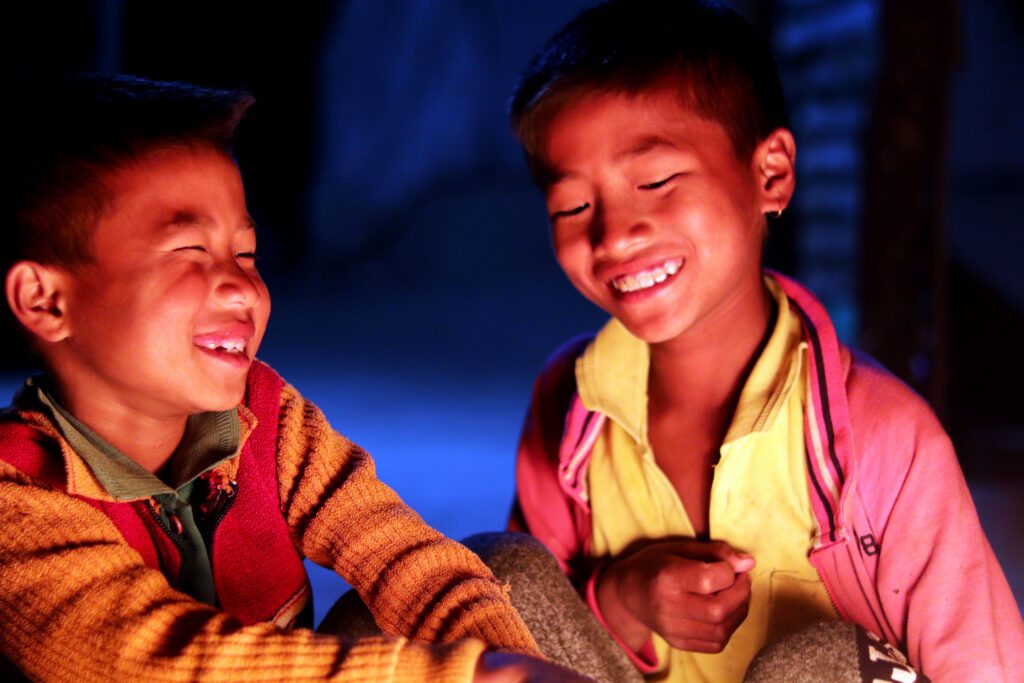
4. Use Different Photography Styles
Think of a movie where every scene looks identical to the previous one—you’d quickly lose interest. Photography works the same way. Without variety, the audience would be bored and leave.
In a storytelling through photography project, I try to use creativity and avoid being ‘one-dimensional.’ I include wide shots for context, medium shots to highlight key aspects, and portraits to personalise the story. I try different types of photos: landscapes, abstracts, action shots, and detail-focused images for a fuller narrative.
While documenting the tribal lifestyle in Gadchiroli, I realised the story wasn’t just about the people—it was in the details too. I filmed locals, their faces full of character and wisdom, but focused on their world as well. Tiny clay gods on shelves, vibrant patterns on handmade clothes, and weathered windows of homes—all these details enriched the story. One afternoon, I captured a lively cockfight, the air thick with shouts and cheers. Later, I photographed a serene old temple bathed in evening light. It was these little things that brought their story to life.
5. Be Original
In a world where billions of photos are shared every day, standing out feels impossible. But here’s the thing—originality isn’t about being radically different. It’s about seeing the world through your lens, offering a perspective that no one else can. It’s about finding the story that’s already there and telling it in your own way.
I remember shooting in the slums of Delhi. I didn’t just raise my camera and click. I talked to the people. Small talk. Where they were from, what their day looked like, how long they’d been there. Nothing monumental, but enough to break the ice. And in those moments, something shifted. I saw their shoulders relax, their smiles became real, not forced. The camera stopped feeling like a barrier and became a bridge.
The result? Photos with depth. Photos that felt alive. Unposed. Authentic. The difference wasn’t in the technique or the gear. It was in the connection. In the simple act of seeing people, really seeing them.
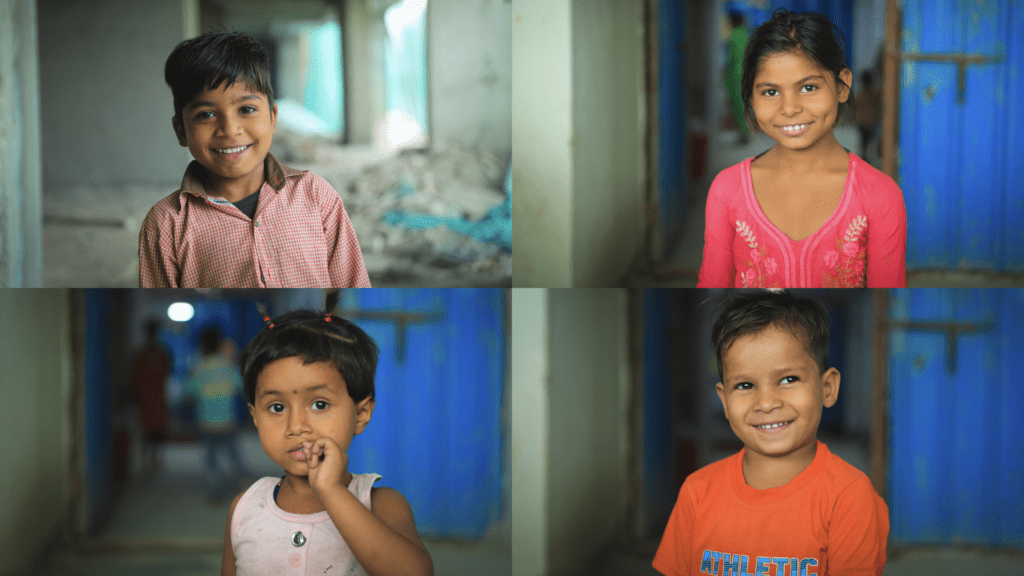
Why Storytelling through Photography Matters
Flipping through that old magazine years ago, the photograph of that man with a weathered face surrounded by children changed how I viewed the world. That single image, alive with untold stories, showed me the magic of storytelling through photography—a power that has guided me ever since.
Every photograph has a story to tell. Whether it’s a fleeting moment on the street or a carefully curated photo essay, the stories we create can transcend language, culture, and time.
So, pick up your camera and start telling your stories. Just as that photograph touched me years ago, your work could inspire, connect, and leave a lasting impact on someone else’s life.

